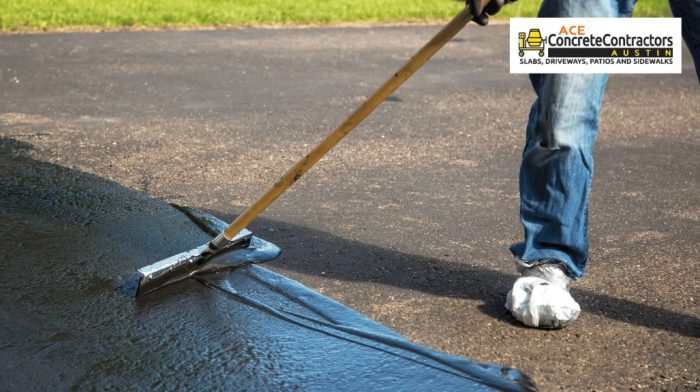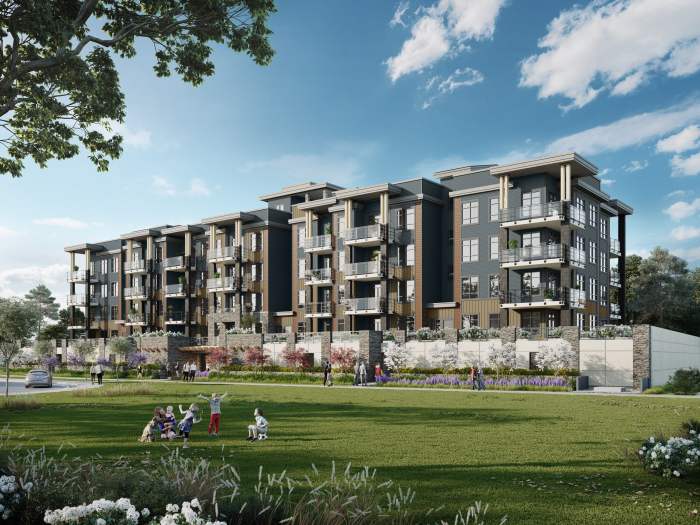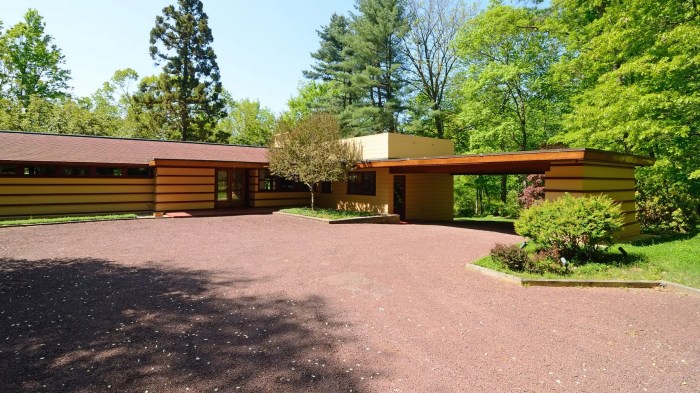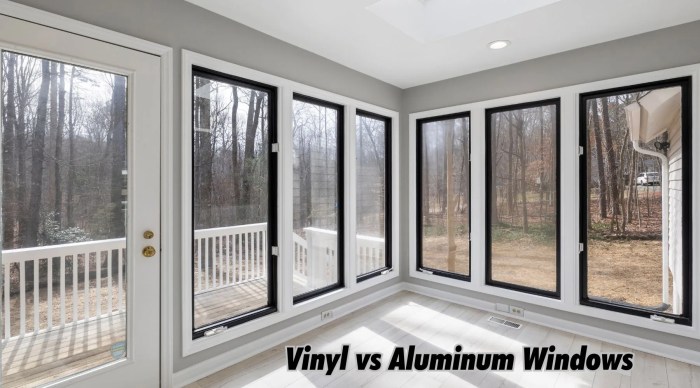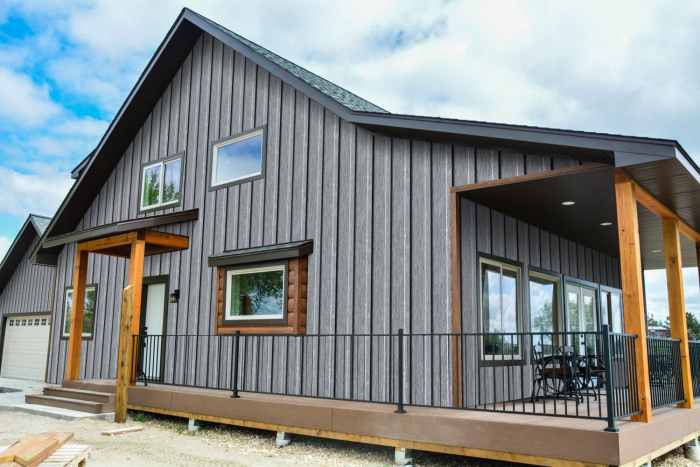Exploring the seamless integration of sustainability in Olin landscape designs opens up a world of innovation and eco-conscious practices. Let's delve into the key elements, strategies, materials, and maintenance practices that make Olin's designs both beautiful and environmentally friendly.
Importance of Sustainable Landscape Design
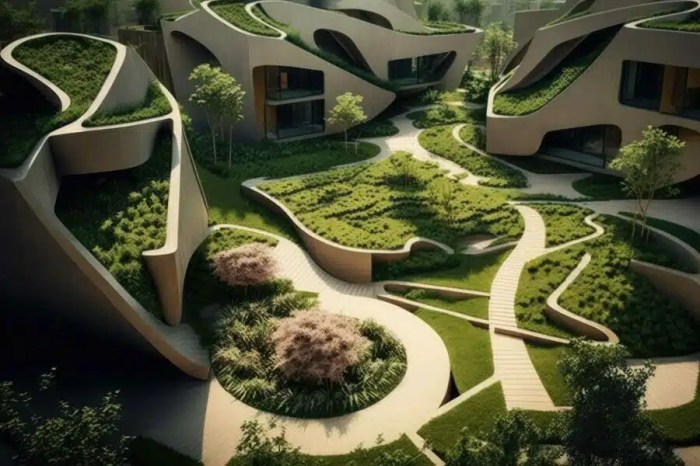
Sustainable landscape design is a holistic approach that aims to create outdoor spaces that are environmentally friendly, socially responsible, and economically viable.
Key Elements of Sustainable Landscape Design
- Water Conservation: Implementing strategies such as rain gardens, permeable paving, and greywater recycling to reduce water consumption.
- Native Plants: Using indigenous plants that require less water, fertilizer, and maintenance, thus promoting biodiversity.
- Energy Efficiency: Incorporating features like shade trees, green roofs, and proper orientation to reduce energy usage.
- Waste Reduction: Employing techniques like composting, mulching, and selecting durable materials to minimize waste generation.
Benefits of Integrating Sustainability into Landscape Designs
- Environmental Preservation: Sustainable practices help protect ecosystems, conserve resources, and mitigate climate change.
- Cost Savings: By reducing water, energy, and maintenance expenses, sustainable landscape designs offer long-term financial benefits.
- Enhanced Well-being: Green spaces promote physical health, mental well-being, and community cohesion, contributing to a higher quality of life.
Strategies for Sustainable Landscape Design
Integrating sustainability into landscape design involves various strategies that aim to reduce environmental impact and promote biodiversity.
Examples of Sustainable Practices in Landscape Design
- Water Conservation: Implementing rain gardens, drip irrigation systems, and using drought-resistant plants to minimize water usage.
- Permeable Surfaces: Utilizing materials like permeable pavers or gravel to allow rainwater to seep into the ground, reducing runoff and erosion.
- Composting: Incorporating compost bins to recycle organic waste and create nutrient-rich soil for healthy plant growth.
- Wildlife Habitats: Designing landscapes with native plants and features like bird feeders or bat houses to attract and support local wildlife.
Energy-Efficient Lighting in Sustainable Landscape Design
Energy-efficient lighting plays a crucial role in sustainable landscape design by reducing energy consumption and light pollution.
- LED Fixtures: Using LED lights for pathways, garden features, and outdoor spaces to lower energy usage and extend the lifespan of lighting fixtures.
- Solar-Powered Lights: Incorporating solar-powered lighting solutions for outdoor areas to harness renewable energy and reduce electricity costs.
- Motion Sensors: Installing motion sensor lights to minimize unnecessary illumination and only activate when movement is detected, saving energy.
Use of Native Plants for Biodiversity and Sustainability
Native plants are essential for promoting biodiversity and sustainability in landscape design by supporting local ecosystems and reducing maintenance requirements.
- Drought Resistance: Native plants are adapted to local climate conditions, requiring less water and maintenance compared to non-native species.
- Habitat Restoration: Planting native species helps restore natural habitats and provides food and shelter for local wildlife, contributing to ecosystem health.
- Pollinator Support: Native plants attract pollinators like bees and butterflies, essential for plant reproduction and maintaining biodiversity in the landscape.
Materials and Resources for Sustainable Landscape Design
When it comes to sustainable landscape design, choosing the right materials and resources is crucial to minimize environmental impact and promote long-term sustainability.Eco-friendly materials that can be used in landscape design include:
Natural Stone
Natural stone, such as granite or limestone, is a durable and low-maintenance material that can add a touch of elegance to outdoor spaces. It is long-lasting and requires minimal processing, making it a sustainable choice for hardscaping elements like patios or walkways.
Permeable Pavers
Permeable pavers allow rainwater to seep through the surface and infiltrate the soil beneath, reducing runoff and replenishing groundwater. They help to prevent erosion, reduce flooding, and improve water quality by filtering pollutants.
Native Plants
Using native plants in landscape design reduces the need for excessive water, fertilizers, and pesticides. Native plants are adapted to the local climate and soil conditions, requiring less maintenance and creating habitats for local wildlife.
Recycled Materials
Recycled materials, such as reclaimed wood, recycled plastic lumber, or recycled glass mulch, can be utilized in landscape design projects to reduce waste and conserve natural resources. These materials help to divert waste from landfills and minimize the environmental impact of landscaping.Water conservation is a key component of sustainable landscaping, as water scarcity becomes a growing concern.
Implementing strategies like rainwater harvesting, drip irrigation, and using drought-tolerant plants can help reduce water usage and promote efficient water management in landscape design projects.Incorporating recycled materials into landscape design projects not only reduces the demand for new resources but also helps to close the loop on waste by giving new life to materials that would otherwise end up in landfills.
By reusing materials like recycled plastic lumber or reclaimed wood, landscape designers can contribute to a more sustainable and environmentally friendly approach to landscaping.
Maintenance Practices for Sustainable Landscape Design

Effective maintenance practices are essential for ensuring the sustainability of landscaped areas. By implementing sustainable maintenance techniques, we can promote the health of the ecosystem and reduce the environmental impact of landscaping activities.
Role of Composting in Maintaining Soil Health
Composting plays a crucial role in maintaining soil health in sustainable landscape design. By adding organic matter to the soil through composting, we can improve soil structure, enhance nutrient levels, and promote beneficial microbial activity. This leads to healthier plants, increased water retention, and reduced erosion.
Benefits of Using Organic Fertilizers and Pesticides
Organic fertilizers and pesticides offer numerous benefits in sustainable landscape design. Unlike synthetic counterparts, organic products are derived from natural sources and do not contain harmful chemicals that can damage the environment and human health. By using organic alternatives, we can support a healthy ecosystem, promote biodiversity, and reduce our carbon footprint.
Wrap-Up
In conclusion, Olin landscape designs stand as a beacon of sustainable excellence, showcasing the harmonious relationship between nature and human creativity. By prioritizing sustainability, Olin sets a standard for eco-friendly landscape design that inspires us all to nurture and protect our environment.
FAQ Resource
How does Olin incorporate sustainable practices in their landscape designs?
Olin incorporates sustainable practices by using eco-friendly materials, promoting biodiversity with native plants, and implementing energy-efficient lighting.
What are some examples of sustainable materials used in Olin landscape designs?
Olin uses recycled materials, eco-friendly paving stones, and sustainable wood in their landscape projects.
Why is water conservation important in sustainable landscaping?
Water conservation is crucial in sustainable landscaping to reduce water waste and promote the efficient use of this vital resource.
How does composting contribute to maintaining soil health in Olin's sustainable landscape designs?
Composting enriches the soil with essential nutrients, improves soil structure, and reduces the need for chemical fertilizers.
What role do organic fertilizers and pesticides play in sustainable landscape design at Olin?
Organic fertilizers and pesticides help maintain soil fertility, support plant health, and minimize harm to the environment compared to traditional chemical alternatives.

